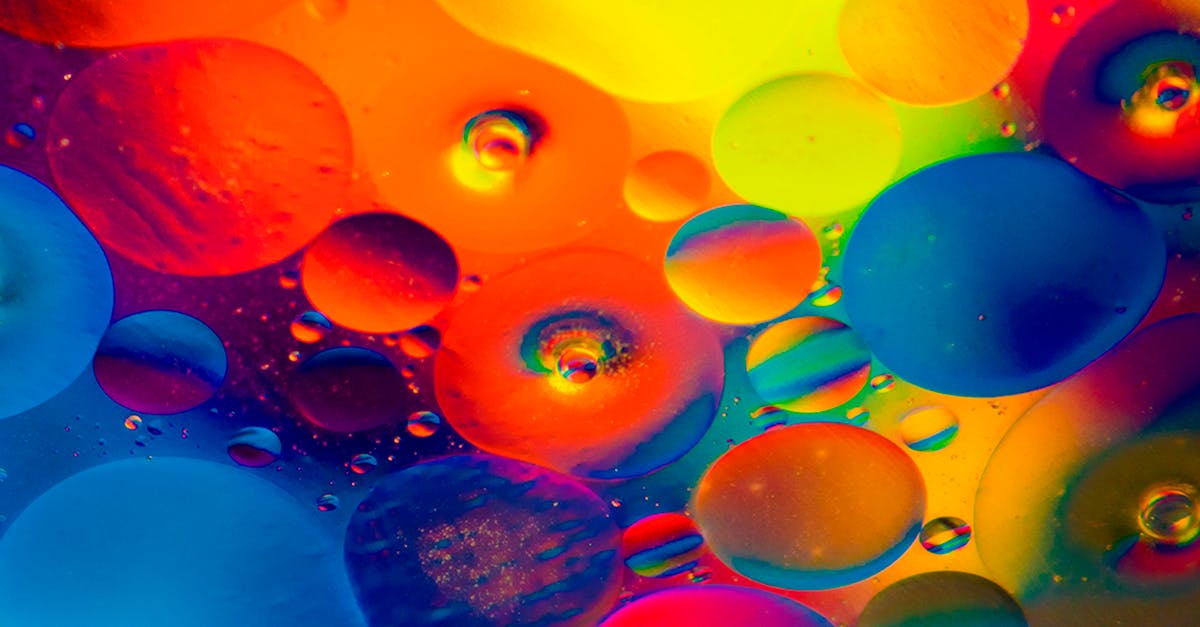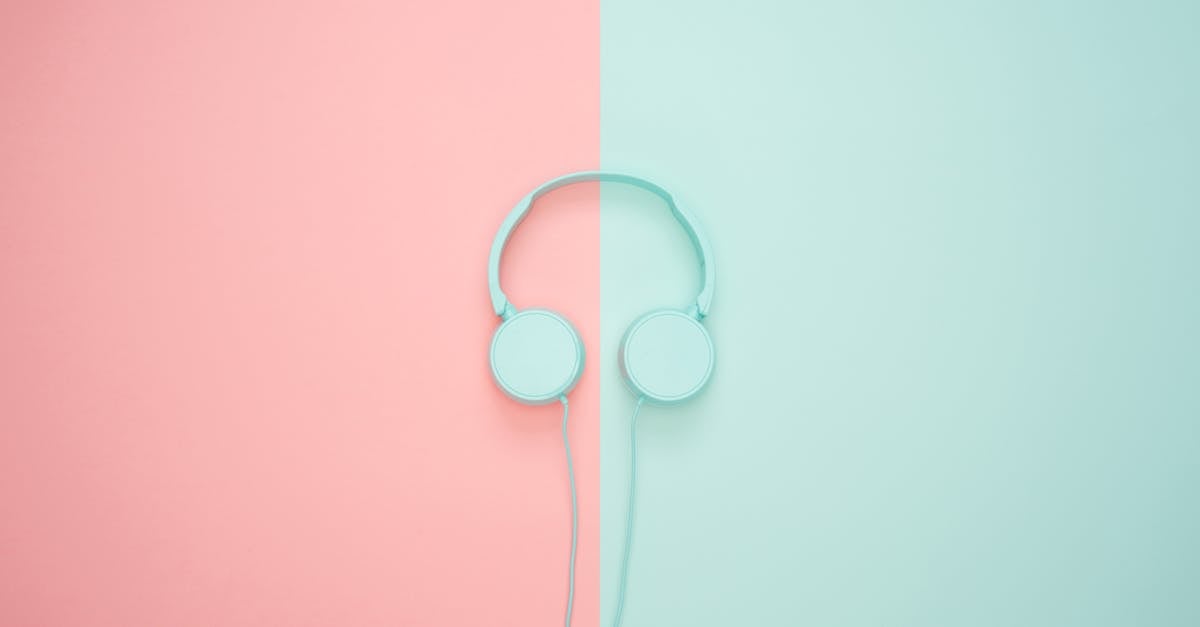This article explores the significant impact of color on the atmosphere within interior spaces. It delves into the psychological effects that different colors have on human emotions and behavior, categorizing colors into warm, cool, and neutral hues. The discussion includes how colors can stimulate energies, create calmness, or foster creativity, and emphasizes the importance of using color intentionally based on the function of the room. Additionally, cultural considerations and the influence of lighting on color perception are examined, providing practical tips for optimizing color choices in residential and commercial settings.
Current Trends in Home Painting and Remodeling
In today’s fast-paced world, the spaces we inhabit greatly influence our mood, well-being, and productivity. Homeowners are increasingly recognizing the transformative power of color and design in creating inviting environments. Whether it’s a fresh coat of paint or a complete remodel, staying updated with the latest trends can significantly enhance the appeal and functionality of a home.
As interior design continues to evolve, it embraces a seamless fusion of aesthetics and psychology, where color choices not only beautify a space but also affect emotions and behaviors. With a wide array of popular colors, innovative materials, and trending application techniques, the possibilities are limitless. Homeowners are now looking for ways to express their unique styles while creating harmonious living spaces that cater to their personal needs.
This article explores the latest trends in home painting and remodeling, providing practical tips and inspiration to enhance your living spaces. Discover how to choose the right colors, techniques, and materials that resonate with contemporary design principles and bring joy to everyday life.

| Color Category | Psychological Impact |
|---|---|
| Warm Colors | Evokes energy, warmth, and comfort |
| Cool Colors | Promotes calmness, tranquility, and focus |
| Neutral Colors | Provides balance and versatility in design |
| Red | Stimulates passion and energizes a space |
| Blue | Encourages serenity and trust |
| Yellow | Inspires optimism and cheerfulness |
| Green | Associates with growth and harmony |
| Purple | Conveys luxury and creativity |
Current Trends in Home Painting and Remodeling
As the world evolves, so do the trends in home painting and remodeling. Homeowners today are looking for sophisticated yet personal touches that reflect their individual styles while ensuring functionality and comfort. Various elements such as color psychology, innovative materials, and creative application techniques now play a vital role in transforming living spaces. This guide delves into the latest trends in home painting and remodeling, providing practical tips and examples to inspire your next project.
The Power of Color in Home Design
Color is more than just an aesthetic choice; it profoundly affects mood and atmosphere. Understanding color psychology can significantly enhance the impact of a room. Colors can be categorized into warm and cool tones, with each promoting different emotions and energy levels.
Warm Colors: Energizing Spaces
Warm colors such as red, orange, and yellow tend to evoke feelings of energy and warmth. These hues are perfect for social and lively areas within a home.
- Red: This vibrant hue can stimulate passion and excitement, making it a popular choice for dining rooms and living areas. However, it is advisable to use red as an accent color to avoid overwhelming the space.
- Orange: A cheerful tone that inspires creativity and optimism. It works wonderfully in kitchens and family rooms, striking a balance between a stimulating environment and a cozy atmosphere.
- Yellow: Often linked with happiness and positivity, yellow can illuminate spaces naturally. It’s best used in moderation; consider it for accent walls or accessories to keep the energy flowing without overwhelming.
Cool Colors: Soothing Spaces
In contrast, cool tones like blue, green, and purple contribute to a calming atmosphere, ideal for bedrooms and study areas.
- Blue: Known for its calming effects, blue can help reduce stress and aid sleep. Pale shades are excellent choices for bedrooms, inviting tranquility and relaxation.
- Green: Embodying growth and nature, green can balance and refresh any room. It works well in areas where peace and concentration are desired, like home offices and reading nooks.
- Purple: Associated with luxury and creativity, purple is perfect for artistic spaces, providing an inspiring yet calming backdrop.
Innovative Materials for Modern Remodeling
In recent years, innovative materials have transformed the approach to home remodeling. These materials not only offer aesthetic appeal but also enhance durability and sustainability.
Eco-Friendly Choices
As sustainability becomes a priority, homeowners are increasingly opting for eco-friendly materials. Options such as:
- Low-VOC Paints: These environmentally friendly options release minimal volatile organic compounds (VOCs) into the air, making them safer for indoor use.
- Recycled Materials: Homeowners are embracing materials made from recycled content, including reclaimed wood for flooring and countertops.
- Natural Finishes: Water-based stains and non-toxic oils are now popular for finishing wood, providing durability without harmful chemicals.
Smart Home Features
Integrating smart home technology into the remodeling process is becoming imperative. Consider the following:
- Smart Lighting: Install lighting systems that adapt to your lifestyle and mood. LED lights that change colors can enhance the overall ambiance of your home.
- Climate Control Systems: Wireless systems allow for more efficient energy use. Smart thermostats can adjust temperatures based on occupancy patterns, reducing energy costs.
- Home Automation: Brackets, curtains, and security systems can be automated, providing both convenience and enhanced security.
Application Techniques That Elevate Design
The application of paint can transform spaces dramatically. Homeowners are experimenting with various techniques to create unique and personalized effects.
Accent Walls
Accent walls remain a popular choice in many homes. By painting one wall a bold color or using a textured finish, homeowners can create a focal point that adds interest.
Ombre Effects
The ombre effect, which transitions from one shade to another, can add depth and dimension to walls. This technique is excellent for children’s rooms or creative spaces, offering a playful yet elegant aesthetic.
Textured Finishes
Innovative painting techniques such as sponging, rag rolling, and stenciling are gaining traction. These methods add texture and character to walls, offering homeowners a way to express their unique style.
Choosing the Right Contractor
Selecting a professional painting and remodeling contractor can make or break the success of a renovation project. Here’s what to consider:
- Experience: Look for contractors with a solid track record in both painting and remodeling. Ask for references and examples of their previous work.
- Licensing and Insurance: Ensure that any contractor you choose is properly licensed and insured. This protects both parties during the project.
- Transparent Pricing: A good contractor should offer a detailed estimate that clearly outlines the costs involved, avoiding surprise expenses later.
The Impact of Color on Home Value
When contemplating a remodel, it’s important to consider how color choices may affect the home’s value. Neutral palettes, for example, appeal to a broader range of potential buyers, while bold colors may deter sales.
Hiring a professional color consultant can help ensure that your choices align with current market trends. Explore options such as color consultation services to benefit from expert insights.
The landscape of home painting and remodeling is ever-changing. By staying informed about the latest trends in color use, materials, application techniques, and professional standards, transforming a house into a personalized sanctuary becomes an achievable goal. Consider the psychological impact of colors, invest in innovative materials, explore creative techniques, and choose your contractors wisely to create spaces that reflect both style and comfort. Moreover, understanding how these decisions can influence your home’s value adds another layer of wisdom to the remodeling process. For additional insights on how color choices can impact home value, visit this resource.

Transform Your Space with Expert Painting and Remodeling
Ready to elevate your home or workspace? Our professional painting and remodeling services will revitalize your surroundings, creating the perfect ambiance tailored to your style. Experience quality craftsmanship, innovative designs, and personalized service that brings your vision to life. Don’t wait any longer to create the home of your dreams—reach out today!
Current Trends in House Painting and Remodeling
Practical Tips for Homeowners
- Embrace Color Psychology: Choose colors based on the mood you want to create in each room. Warm colors like red and orange are great for active areas, while cool tones like blue and green are soothing for relaxation.
- Use Neutrals Wisely: Incorporate neutral colors like beige, gray, or white as a backdrop. These colors provide balance and allow bolder colors to stand out without overwhelming the space.
- Test Before Committing: Always test paint samples in different lighting conditions before fully committing to a color. This ensures you’re satisfied with how the color appears in various lights throughout the day.
- Consider the Space’s Function: Design each room based on its purpose. For example, use energizing tones in home offices to boost productivity and calming tones in bedrooms for better sleep.
- Layer Textures: Combine different textures, such as matte and glossy finishes, to create visual interest. This technique can enhance the overall effect of your chosen color palette.
- Incorporate Bold Accents: Use vibrant hues as accent colors through decor items like cushions, artwork, or rugs. This approach allows for flexibility in design without overwhelming the space.
- Utilize Sustainable Materials: Opt for eco-friendly paint and materials that are low in VOCs (volatile organic compounds) for healthier indoor air quality. This trend aligns with environmentally conscious choices.
Current Trends in House Painting and Remodeling
- Biophilic Design: Incorporating nature-inspired colors and materials to create a sense of connection with the outdoors is increasingly popular. Greens and earthy tones help foster a calming environment.
- Smart Color Technology: Emerging innovations in smart interior design allow homeowners to adjust color and lighting based on their mood or time of day, making it a dynamic feature of modern homes.
- Statement Ceilings: Painting ceilings in bold colors or interesting patterns is a trend that adds a unique focal point and enhances the overall aesthetic of a room.
- Textured Paint Finishes: Using textured paint finishes, such as sponges or metallics, is on the rise. These techniques add depth and complexity to walls, creating a striking visual impact.
Frequently asked questions
Glossary of Key Terms in Home Painting and Remodeling Trends
- Color Psychology
- The study of how different colors influence human emotions, behaviors, and overall atmosphere in interior spaces.
- Warm Colors
- Colors that evoke energy and warmth, typically including shades of red, orange, and yellow.
- Cool Colors
- Colors that create a calming effect, usually consisting of shades like blue, green, and purple.
- Accent Color
- A color used in small amounts to create contrast and add interest to a space, enhancing the overall color scheme.
- Neutral Colors
- Subdued colors such as white, black, gray, and beige that provide a versatile backdrop for a wide range of design styles.
- Monochromatic Scheme
- A color palette that consists of different shades and tints of a single color, creating a cohesive and harmonious look.
- Color Wheel
- A visual representation of colors arranged in a circle, illustrating relationships between primary, secondary, and tertiary colors.
- Biophilic Design
- A design concept that integrates natural elements and colors into interiors to improve well-being and connect occupants with nature.
- Texturing
- The process of applying various techniques and materials to surfaces to enhance visual interest and depth in design.
- Lighting Considerations
- The evaluation of how different types of lighting influence the perception of color and overall atmosphere in a space.
«`html
Understanding the significance of color psychology in interior design is crucial for creating spaces that elevate mood and enhance productivity. Colors can profoundly impact emotions, perception, and behavior, influencing how we feel in different environments. By thoughtfully selecting warm hues for energetic spaces and cool tones for tranquil areas, it’s possible to establish atmospheres that align with specific functionalities. Furthermore, recognizing the context, lighting, and cultural associations of colors can help avoid common pitfalls and create balanced designs. Embracing these principles offers an opportunity to transform living and working spaces into environments that nurture well-being and positive experiences.
Understand Color Psychology
Before selecting colors for your interiors, it’s vital to understand how different hues impact mood and emotions. Each color evokes specific feelings, meaning the choice of shade can transform the atmosphere of a space.
- Warm Colors: Use shades like red, orange, and yellow in social spaces where energy and interaction are desired.
- Cool Colors: Implement blues, greens, and purples in areas meant for relaxation, such as bedrooms or meditation spaces.
- Neutral Colors: Employ whites, grays, and beiges as a backdrop to foster balance and calm, allowing other colors to shine.
Determine the Purpose of Each Room
Think carefully about the room’s functionality and the emotional responses it should evoke. This consideration guides effective color selection.
- Living Rooms: Opt for warm, inviting colors to create a welcoming environment.
- Kitchens: Bright and energetic colors like yellows can invigorate the cooking space.
- Home Offices: Choose stimulating shades such as greens or yellows to enhance focus and productivity.
Experiment with Lighting
Lighting plays a critical role in how colors are perceived. Experimenting with different types of light can alter the emotional tone of a space.
- Natural Light: Observe how colors shift throughout the day under natural light to ensure they evoke the desired ambiance.
- Warm Lighting: Use soft bulbs to enhance earthy colors, creating a cozy atmosphere.
- Layered Lighting: Incorporate multiple lighting sources to highlight particular colors and features within a room.
Test with Samples
Always test color samples in the actual space before making a final decision. Observing colors under different conditions helps in selecting the most suitable shades.
Transform Your Space Today!
Ready to elevate your home with stunning paint and remodeling services? Our experienced team is here to bring your vision to life! Enjoy a fresh, vibrant atmosphere that reflects your style and enhances your living experience. Don’t wait—reach out now to discuss how we can transform your environment with creativity and quality craftsmanship.
Sophia Torres is the creative mind behind the most dazzling transformations at TS Painting & Restoration. With a strong background in interior design and a deep passion for tropical color palettes, she has helped hundreds of clients revitalize their spaces into vibrant and inviting environments. Born in Colombia and raised in Florida, Sophia brings a unique perspective to her work, blending Latin American influences with modern design trends.
Sophia’s vision of color goes beyond the conventional. She is known for her ability to create bold and unexpected combinations that reflect Florida’s natural beauty. Her focus on color psychology and strategic use of tones allows her to transform any environment, making each project a showcase of her clients’ personal style. On her blog, she shares practical tips on how to choose colors that not only beautify but also enhance emotional well-being and create harmony in the home.
When not working, Sophia enjoys exploring art galleries, experimenting with DIY projects, and finding inspiration in Florida’s lush landscapes. For her, design isn’t just about aesthetics; it’s about creating spaces that tell a story, reflect the identity of those who live there, and evoke positive emotions. At TS Painting & Restoration, Sophia is committed to helping homeowners discover how colors can transform their homes into true havens of tranquility and beauty.


